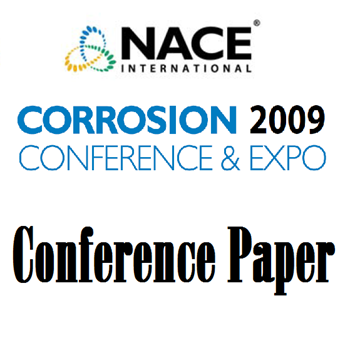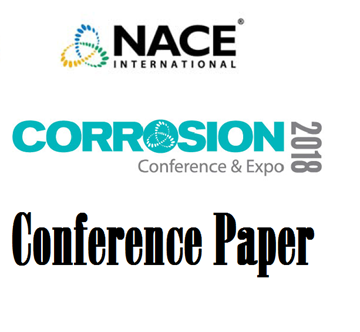Search
Products tagged with 'austenitic stainless steel'
View as
Sort by
Display
per page
03518 STRESS CORROSION CRACKING OF 304L STAINLESS STEEL IN SODIUM SULFIDE-CONTAINING CAUSTIC SOLUTIONS
Product Number:
51300-03518-SG
ISBN:
03518 2003 CP
Publication Date:
2003
$20.00
06578 Sigma Phase Embrittlement of Stainless Steel in FCC Service
Product Number:
51300-06578-SG
ISBN:
06578 2006 CP
Publication Date:
2006
$20.00
09338 Heat Treatment Issues on Stainless Steel Heat Exchanger Tubes
Product Number:
51300-09338-SG
ISBN:
09338 2009 CP
Publication Date:
2009
$20.00
09348 Prevention of External Chloride Stress Corrosion Cracking of Austenitic Stainless Steel with a
Product Number:
51300-09348-SG
ISBN:
09348 2009 CP
Publication Date:
2009
$20.00
51315-5527-Influence of Alloying Elements on the Pitting Corrosion Resistance of CrMn Stainless Steels in Simulated Drilling Environments
Product Number:
51315-5527-SG
ISBN:
5527 2015 CP
Publication Date:
2015
$20.00
51315-5925-Effect of Cl- on Corrosion Behavior of Austenitic Stainless Steel Under Sour Environment
Product Number:
51315-5925-SG
ISBN:
5925 2015 CP
Publication Date:
2015
$20.00
51317-9006-OXIDATION AND CARBURIZATION OF ALLOYS EXPOSED TO IMPURE SUPERCRITICAL CO2
Product Number:
51317-9006-SG
Publication Date:
2017
$20.00
51317--9518-Chloride Stress Cracking of an Austenitic Stainless Steel Pipe Fitting in a Hydroprocessing Unit
Product Number:
51317--9518-SG
ISBN:
9518 2017 CP
Publication Date:
2017
$20.00
51318-10845-Droplet Corrosion on CO2 Transport Pipeline Steels
Product Number:
51318-10845-SG
Publication Date:
2018
$20.00
51318-10877-High Temperature Alloys Failures in the Petrochemical Furnaces. Mitigation and Prevention
Product Number:
51318-10877-SG
Publication Date:
2018
$20.00
51318-11017-Evaluation of Corrosion Behavior of Steels for Direct Supercritical CO2 Power Cycle Applications
Product Number:
51318-11017-SG
Publication Date:
2018
$20.00
51318-11092-Electrochemical corrosion comparison of seamless tubes in UNS S31266 and UNS S31254
Product Number:
51318-11092-SG
Publication Date:
2018
$20.00












